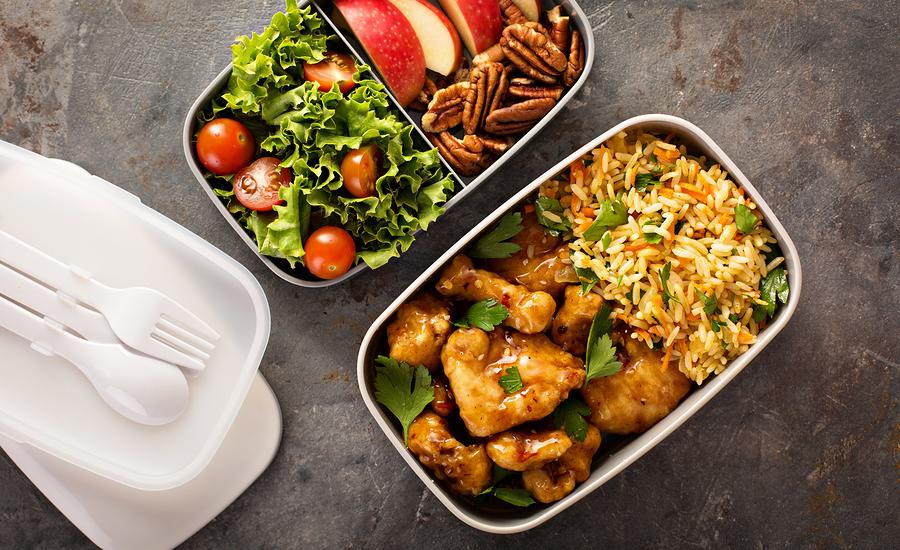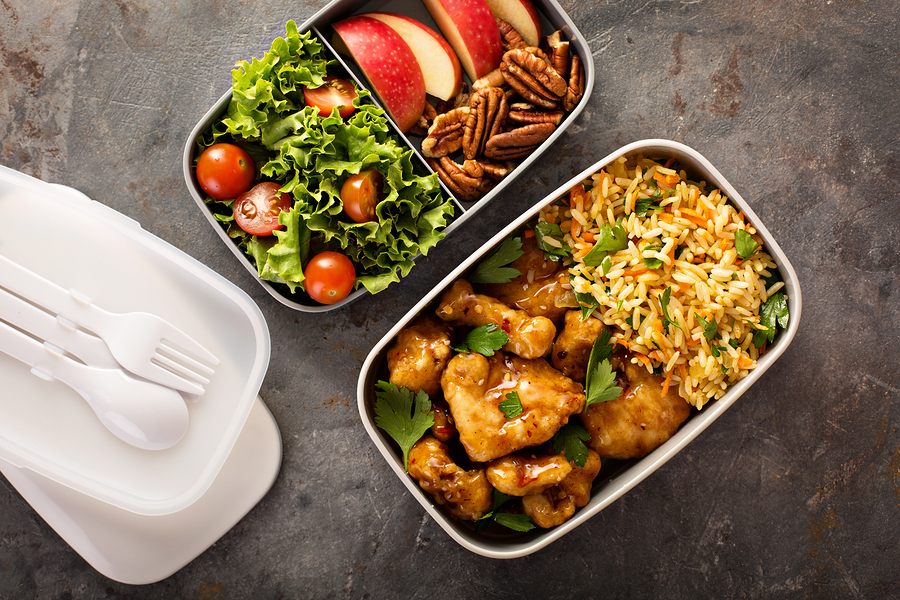
We’re all guilty of food waste from time to time. Between those take-out leftovers we forgot in the fridge and bread that went stale, it’s sometimes easier to toss out what we deem as “gone bad” than to repurpose it. Especially if your lake house is a second home, it can be difficult to remember what’s still in your pantry from your last visit. However, chronic food waste can be harmful on many accounts. First, 94 percent of the food we throw away ultimately ends up in combustion facilities or landfills, which are toxic for the environment. On an individual note, wasting food can make a dent both in our wallets and our free time. Especially during the current COVID-19 pandemic, we want to minimize trips to the grocery store and maximize our time at home, enjoying the lake views. Fortunately, there’s plenty of easy and creative ways to try cooking with leftovers. Check out some of these tips on how to reduce food waste and maximize what’s in your fridge!
Cook Lunch at Dinner
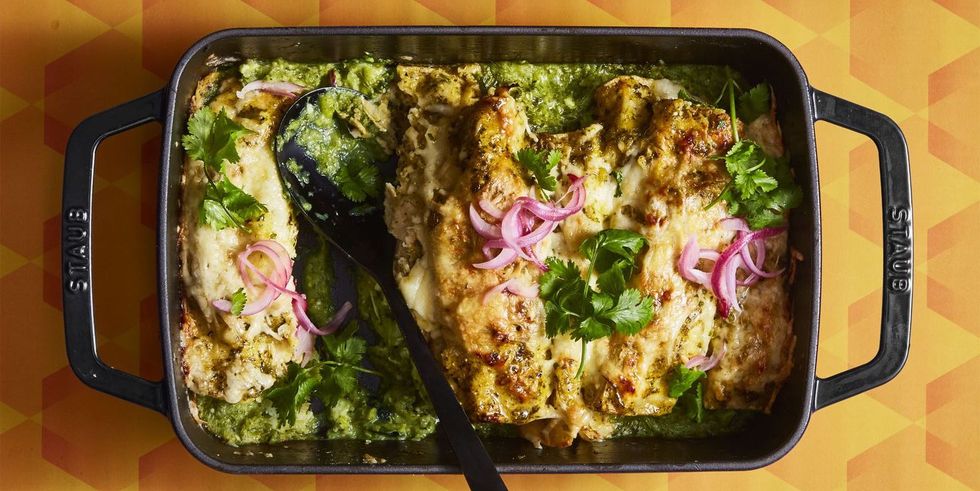
We all know the feeling of opening the fridge, asking ourselves, “what’s that smell?” and discovering week-old leftovers we’d completely forgotten. Sometimes, the biggest culprit of food waste is not knowing what’s in our fridge until it’s gone bad. However, making a strategic plan for cooking with leftovers can minimize this waste. For example, when making dinner, if you have extra ingredients, try doubling the recipe. This way, you can plan to eat the leftovers for lunch the next day. Especially with many of us working from home right now, it’ll make an easy workday lunch to heat up quickly in the microwave. While you’re at it, be sure to invest in transparent Tupperware. It’ll be harder to forget what’s in your fridge when you can see it immediately!
Make New Meals
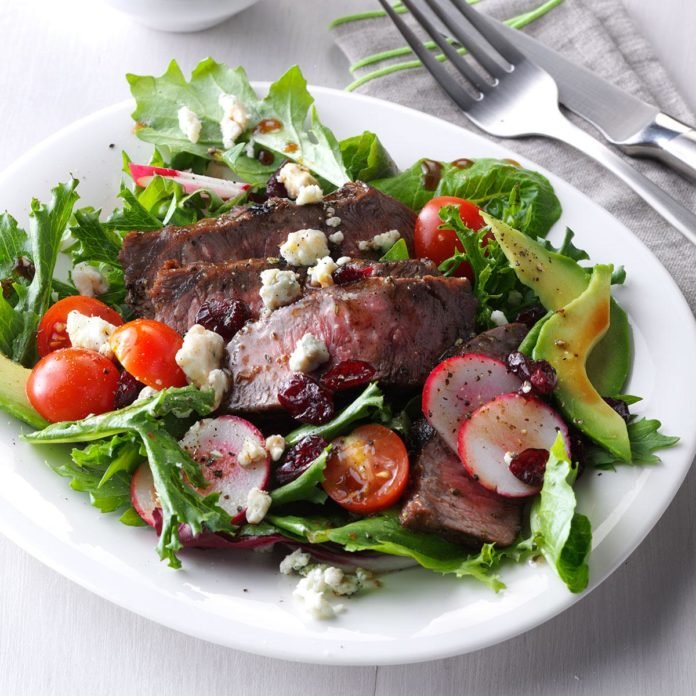
Sometimes, leftovers aren’t as exciting the next day. It feels much more tempting to order from a restaurant than heat up something old. However, there are plenty of ways to make something completely new out of leftovers. For example, that leftover steak by itself may initially seem like boring deja vu. But what if you thinly sliced the surplus steak and added it to a salad? Or heated it on the stove and tossed it into a fajita with sauteed bell peppers? When the leftovers are repurposed, it’s almost like ordering a whole new meal. It can also be fun to use some leftovers as breakfast items. While rice and beans may have been on last night’s dinner plate, they can also be rolled into a breakfast burrito with scrambled eggs, cheese and sour cream.
Think Twice Before Throwing Out
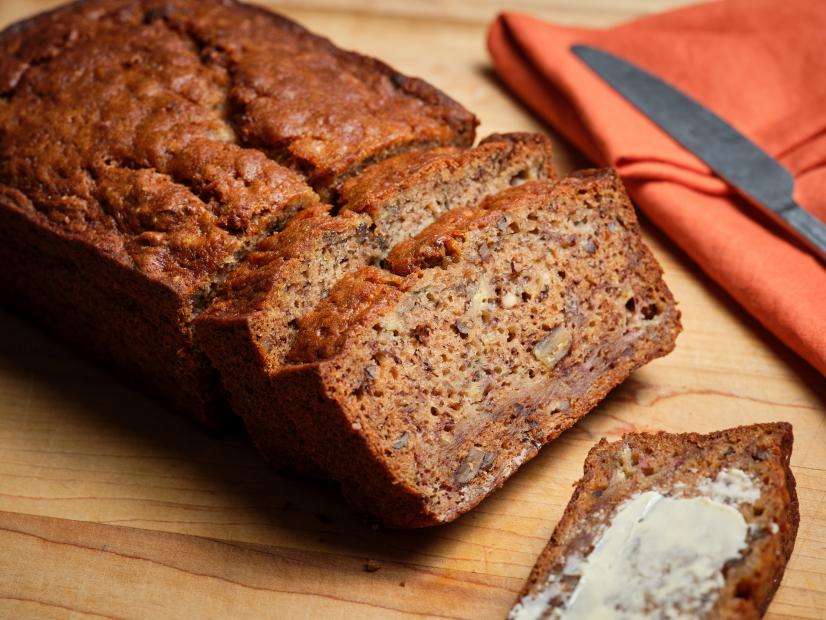
Next time you open the trash lid to toss out something on the cusp of being “too stale” or “too ripe,” reconsider. Of course, you don’t want to get a case of food poisoning. But you also don’t want to throw out something too early. For instance, although brown bananas may no longer be acceptable in your morning oatmeal, they’re perfect for a homemade smoothie. You can also use them in a banana bread recipe. To make delicious, moist banana bread, it’s essential for bananas to have a mushy texture. This same idea of reusing what’s gone bad also applies to bread. When your bread has gone a bit stale, simply cut it into cubes, drizzle with olive oil, and make croutons for a salad or a French onion soup. Finally, if old foods are simply inedible, there might be another, non-nutrient purpose. For example, old lemons can be used to create a homemade cleaning solution. Especially as cleaning supplies are in high demand right now, this is a resourceful repurposing strategy.
Know What to Freeze
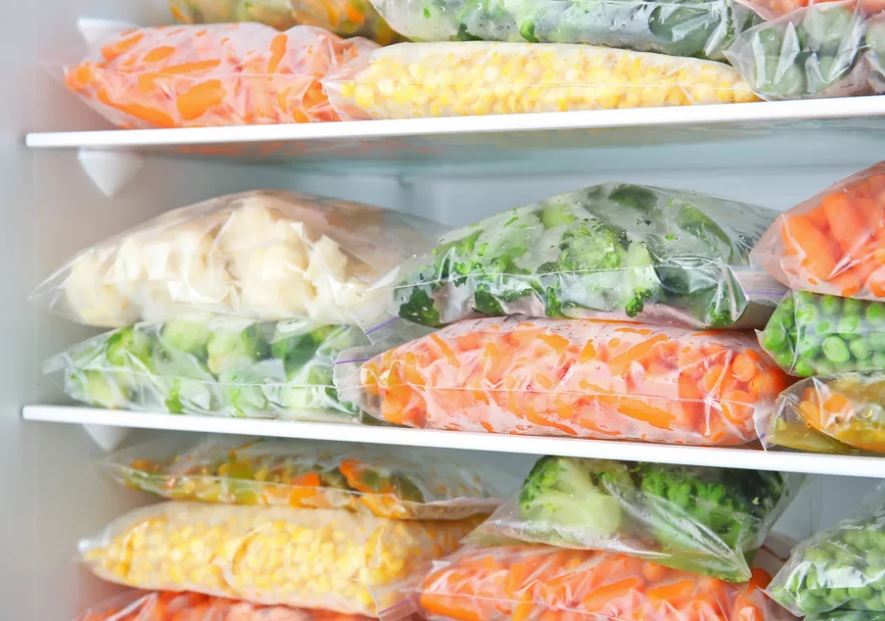
When it comes to cooking with leftovers, the freezer is your best friend. Most foods can be easily frozen to increase their lifespan significantly . Of course, there are certain foods you shouldn’t freeze, such as eggs, soft cheeses, and fried food. But vegetables and fruit are fair game, and you can easily whip them out for a recipe and save a trip to the grocery store. You can also freeze tomato paste to use multiple times for soups and curry recipes. One particularly creative use of the freezer is making homemade vegetable stock. Don’t want the end pieces on broccoli or asparagus? Before throwing them in the trash, throw them in the freezer. You can save up these discarded vegetable pieces to make a homemade vegetable stock that’s better than store-bought.
Get Creative in the Kitchen
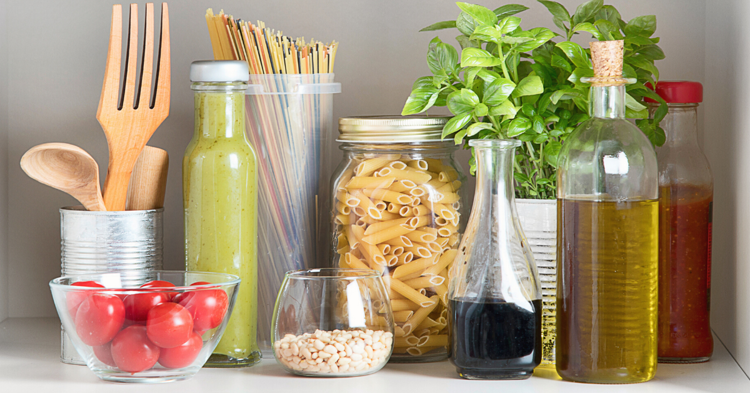
At the end of the day, cooking with leftovers is all about creativity. Half of the battle is simply cultivating an open mind. Practice approaching each item in your fridge and pantry by asking yourself “What can I do with this?” before reaching for the trash can. And while you’re at it, don’t be afraid to experiment with different leftover ideas. After all, it’s your kitchen. You might find a new, leftover-inspired recipe you love!

